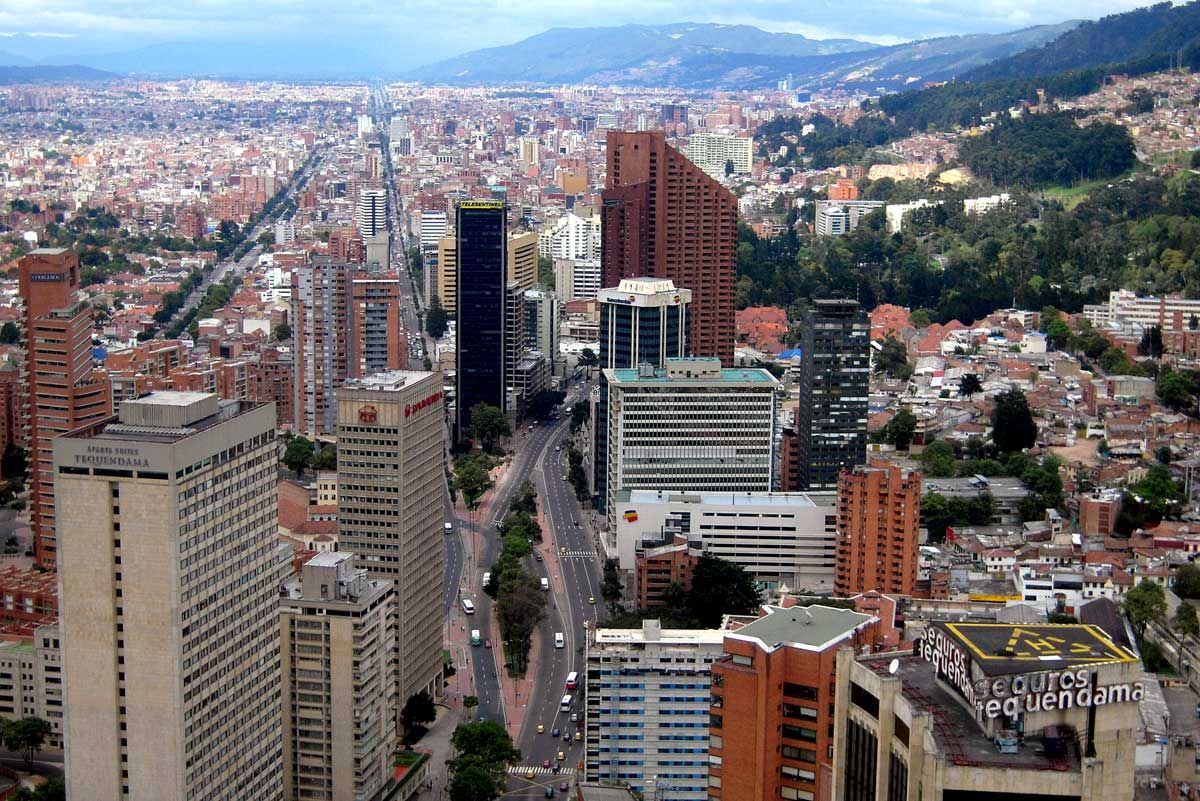In a high-mountain, skyscraper-specked capital that prides itself on being “closer to the stars” some new buildings in Bogotá neighborhoods will have to stay a lot closer to the ground.
On Monday, Mayor Enrique Peñalosa struck down a decree from the previous administration that allowed tall buildings in large portions of the city, some of which Peñalosa deemed inappropriate.
“This decree allowed buildings to be constructed in parts of the city without sufficient water pipes, without sufficient roads, without sufficient green spaces,” said Peñalosa on Monday.
“In just about any neighborhood, structures with 20 stories could be built, and that lowers the quality of life for people.”
Peñalosa replaced the rules — known as Decree 526 or the Skyscraper Decree — and subsequent modifying regulations with new guidelines that took effect Monday.
The move won’t affect more than 2,300 building permits already granted, including as many as 750 new tall structures that will soon dot Bogotá’s skyline under now defunct guidelines, according to Secretary of Planning Andrés Ortiz.
“[Decree 562] is welcome in some areas, where the infrastructure exists to support it. But it’s inconvenient in other sectors,” said Ortiz in a January interview with El Tiempo.
Building up or building out
On Monday, Ortiz reiterated that the mayor’s decision shouldn’t be considered a blow against dense development so much as a call for better planning.
“More than 9,000 hectares existed that were usable for projects for tall structures,” he said. “The decree had a reach much greater than what we thought.”
The administration’s critics seized on the announcement as further proof of Peñalosa’s plans to expand the city’s urban development northward.
Lowering allowable density in already developed areas would push new construction toward places with fewer restrictions — including municipalities in the savannah just outside of city boundaries — they argued.
“[Decree 562] was necessary in order to live closer to work and study with a higher quality of life,” tweeted Petro on Tuesday. “Getting rid of it expands Bogotá to the savannah.”
Public space or pie in the sky
Height isn’t the only thing affected by the new rule.
All subsequent tall buildings will be required to offer public use of rooftops rather than allowing them to be the property of top floor residents. Peñalosa’s administration said the move will help expand the amount of available public space in the city as it continues to develop.
The first floors of new buildings will also have to feature residences or commercial space instead of parking.
But some argued that rooftops weren’t sufficiently public to be considered “public space.”
“Getting rid of Decree 562 is without a doubt eliminating the possibility of public space for the citizenry and growing the city towards the savannah,” said Quena Ribadeneira, a councilmember for Bogotá’s Teusaquillo locality.
Petro also attacked the plan as exchanging ground-level open space for sky-high terraces, saying that revenue from his Decree 562 provided funding for parks and public property.
“It’s a joke … to exchange Bogotanos’ public space for rooftops,” he said.
But Mayor Peñalosa insisted that getting rid of the decree was necessary for a more orderly city, including in terms of public space.
“We believe that skyscrapers can be useful in many parts of the city, but not in an indiscriminate manner all over the place,” he said. “We’re even going to promote tall buildings in parts of the city … where public space is sufficient.”

